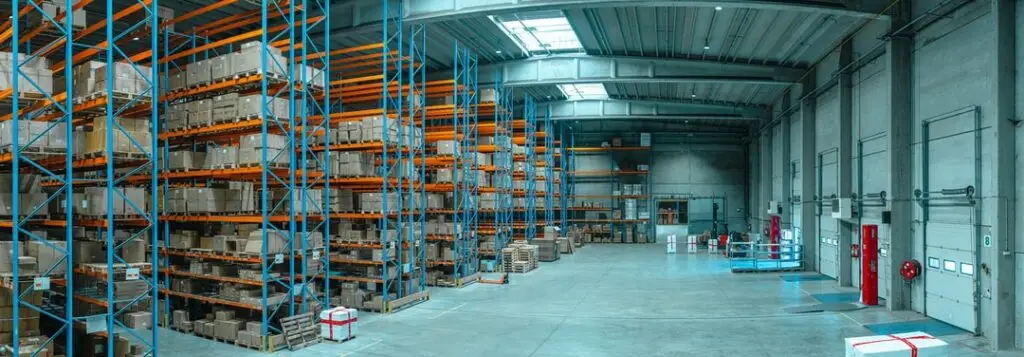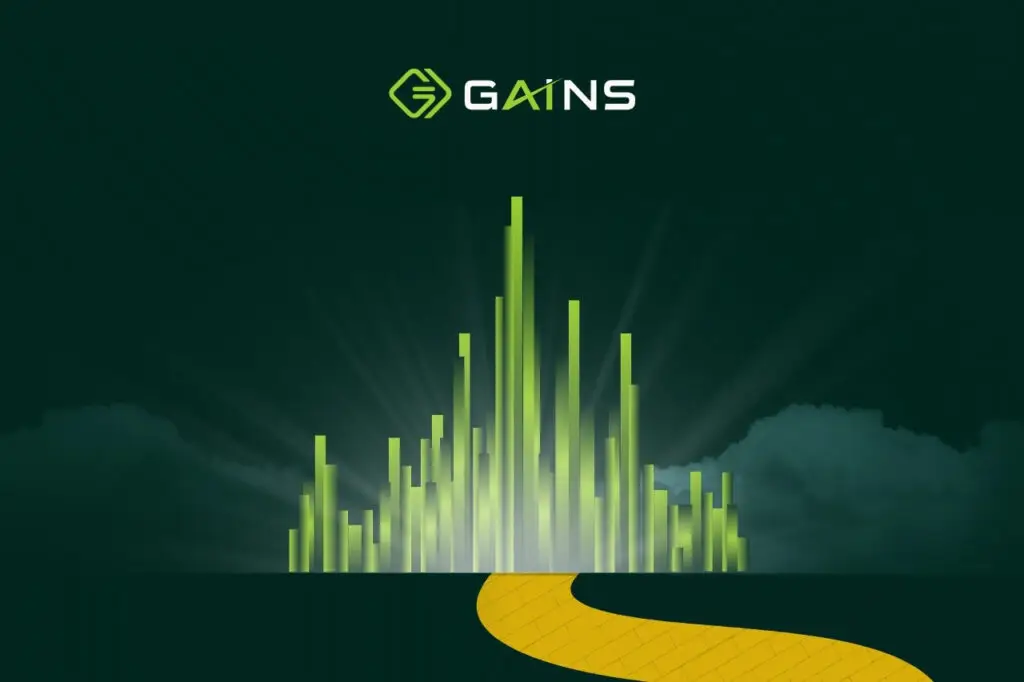If the last few years have taught us anything, it’s that supply chain disruption is no longer the exception—it’s the norm.
And 2025? It’s testing that truth harder than ever. Between broad-reaching tariffs on imports from Mexico, China, and Canada, retaliatory duties, and volatile policy moves coming out of Washington, reactive supply chains are being pushed to their limits.
Companies that continue to operate on outdated assumptions, rigid systems, and static models are getting stuck in a loop of “putting out fires.” But the businesses that are winning? They’re embracing proactive supply chain strategies, powered by data, AI, and composable technologies.
Let’s explore why reactive no longer cuts it—and how leaders are reshaping their supply chain operations to thrive in the unknown.
The Problem with Reactive Supply Chains
Traditional supply chain planning has always leaned toward a reactive stance. You wait for disruption to happen—then respond. Maybe you expedite a shipment, find a new vendor last-minute, or scramble to reallocate inventory.
But in 2025, the disruptions are too fast, too broad, and too costly for that approach to work.
Reactive management looks like this:
- Cutting budgets or delaying improvements “until things settle down”
- Treating disruptions (like tariffs or delays) as isolated events
- Running network reviews every few years—if that
- Making decisions based on outdated models or spreadsheets
This mindset creates a dangerous cycle: each shock sets you further behind, and you spend more resources catching up than moving forward.
Real-World Wake-Up Call: The 2021 Semiconductor Shortage
Need a flashback? Let’s rewind to the semiconductor shortage of 2021.
Automakers like Ford and GM were forced to halt production, furlough workers, and lose billions in revenue—not because of demand, but because they couldn’t get chips. Why? Their supply chains were lean, brittle, and reaction-based. Just-in-time inventory strategies left no room for disruption.
Meanwhile, Toyota fared much better. Why? They had stockpiled chips early, based on lessons from the 2011 Fukushima disaster. That foresight—planning for disruption—meant they could keep production running while competitors scrambled.
The takeaway? Planning for disruption isn’t paranoid. It’s smart.
What a Proactive Supply Chain Looks Like
A proactive supply chain doesn’t just absorb shocks—it sees them coming. It uses real-time data, predictive modeling, and automated workflows to pivot before problems escalate.
We define proactive leadership as:
- Anticipating disruption using real-time insights
- Simulating scenarios to stress-test strategies
- Integrating design and execution to allow rapid adjustments
Instead of waiting for the market to settle, proactive organizations assume it won’t—and build a flexible system around that assumption.
Featured Example: How Border States Achieved New Heights in Supply Chain Performance with GAINS
Border States, a leading electrical distributor, exemplifies proactive supply chain leadership. Rather than waiting for conditions to stabilize, they partnered with GAINS to centralize planning, simulate inventory and sourcing scenarios, and optimize working capital across locations.
As a result, they reduced inventory by 20%, improved service levels by 5%, and aligned supply chain execution with strategic goals, demonstrating that flexibility and speed are not trade-offs, but advantages.
Related: Read the full Border States case study
The Limits of Traditional S&OP
Even companies that perform regular Sales and Operations Planning (S&OP) often find it ineffective in today’s landscape.
Why? Because traditional S&OP:
- Relies on long planning cycles
- Uses historical data instead of real-time intelligence
- Keeps strategy, planning, and execution in silos
According to Gartner, 44% of companies remain stuck below Level 3 supply chain maturity, largely due to legacy tools and disconnected systems.
GAINS flips the script, enabling:
- Real-time scenario modeling
- Prescriptive analytics to guide decisions
- A continuous loop where design influences execution daily
Making the Shift: What You Can Do Right Now
We’ve pulled together five immediate actions to take today to become more proactive:
- Engage your suppliers early to understand their risk plans
- Identify alternate material sources in case of shortages
- Evaluate forward-buying opportunities to hedge against cost hikes
- Reallocate spending to strategic vendors with stronger stability
- Use your purchasing volume to negotiate new, long-term deals
Each of these steps requires more than just a checklist—it requires visibility and simulation tools that help you weigh risks and make the best trade-off.
What Happens When You Get Proactive?
You move from scrambling to strategizing. Your team makes better decisions faster. And your supply chain becomes a competitive advantage, not a liability.
Here’s what companies that leverage GAINS achieve:
- Automate 80% of tactical decisions with AI and heuristics
- Run simulations to model tariff impacts before they happen
- Adapt your inventory and sourcing strategies in real time
- Maintain performance even when the world throws curveballs
GAINS is more than software—it’s a proactive framework for building resilient, adaptable supply chains. While others react to disruption, GAINS helps you anticipate it with AI-powered, composable solutions that integrate planning and execution. The result? Fewer surprises, smarter decisions, and a supply chain built for what’s next—not what worked yesterday.
With GAINS, you’re not just keeping up—you’re staying ahead.
Want to future-proof your supply chain? Download the whitepaper to explore how leading companies are using decision intelligence, scenario modeling, and composable technology to stay ahead—no matter what comes next.



